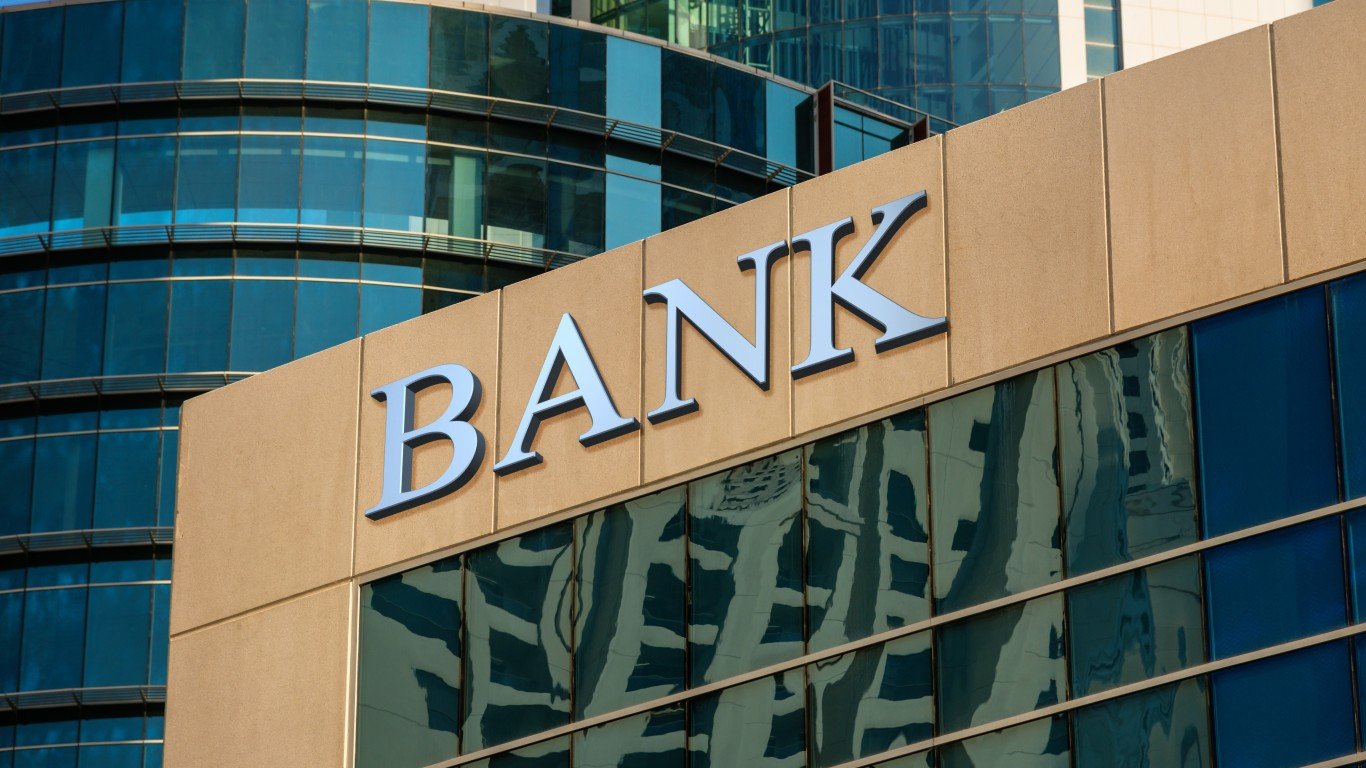

Even before Bankman-Fried was arrested for breaking every rule in the book, proof-of-reserves (PoR) had become a popular crypto term. However, following both the FTX collapse and the recent Binance FUD, what is the real test for instilling confidence in the centralized aspect of the crypto space?
Proof-of-Reserves as Misunderstood First Step
Barely two weeks into the FTX crash, Binance’s CEO, Changpeng Zhao (CZ), supported Vitalik Buterin’s idea on how to prevent future FTX swindles from happening. The co-founder of Ethereum proposed implementing Merkle trees to verify users’ funds on a centralized exchange (CEX).
Essentially, a Merkle tree allows auditors to verify the authenticity of data without tracking every piece of it. Instead, each branch of the data tree represents “hashes”, cryptographically compressed data. From top to bottom, auditors can contrast each branch with the data hash of the leaves (user transactions and funds) below it.
If there is a mismatch, it is a sign that the exchange’s reverse may not be trustworthy. Several exchanges have implemented such verification for users: Kraken, BitMex, Gate.io, Coinfloor, HBTC, and Binance. For example, through Binance’s Record ID, each user can verify if their account balance has been included in the exchange’s balance.
Why Proof-of-Reserves Fizzled
By all accounts, FTX would have failed such a basic audit. Even if users’ funds are accounted for on an exchange, who is to say they are not tied to the exchange’s liabilities? This is why proof-of-reserves would have to be combined with proof-of-liabilities to result in true proof-of-solvency as the ultimate trustworthiness test.
After Binance successfully passed the PoR test by Mazars, the international auditor decided to delete the page containing the report on December 7th. Likewise, the Paris-based firm paused all auditing work for crypto clients. This includes not only Binance but also Crypto.com and KuCoin.
“Mazars has paused its activity relating to the provision of Proof of Reserves Reports* for entities in the cryptocurrency sector due to concerns regarding the way these reports are understood by the public,”
Mazars spokesperson on December 16th
Mazars’ withdrawal has been precipitated by a week-long FUD (fear, uncertainty, doubt) surrounding Binance, responsible for over 70% of trading volume after the FTX crash. Simply put, the public misunderstood Mazars’ agreed-upon procedure (AUP) as a full audit. The resulting Binance FUD then avalanched, pushing Mazars itself into the limelight.
In the end, Binance suffered a record-high $6 billion in outflows, still estimated to hold $55 billion worth of crypto assets. Together with other exchanges, eroded consumer confidence resulted in the historic withdrawal of Bitcoin, at over -100,000 BTC, since Sam Bankman-Fried’s criminality was exposed.
However, the compounded FUD did not topple Binance, as a minor outflow caused the FTX to crash. Amid the FUD, Binance CEO assured customers, in one of the CNBC interviews, that the world’s largest exchange “hold user assets 1-to-1 and that is what we do.”
Is a Bank Run a True Solvency Test?
For any exchange to be deemed solvent, one would have to account for its liabilities, not just proof-of-reserves. This is exceedingly difficult to prove, however, as each creditor would then have to verify if they are included in a public list of the exchange’s liabilities. Contrasting debt, instead of just users’ funds, would have to be coordinated and compiled for easy public access.
Another path forward is to make the exchange a publicly-traded company like Coinbase. As such, Coinbase is subjected to quarterly external reviews instead of simple AUPs.
Until a more elegant proof-of-solvency solution arrives, Binance FUD has shown that a bank run is the next-best liquidity test. Not only did Binance survive record outflows (a bank run), but Binance US agreed to buy $1 billion worth of bankrupted Voyager Digital assets.
Like other lenders in the crypto space, Voyager Digital was overburdened with exposure, having listed on its bankruptcy filing a liability hole between $1 billion and $10 billion. The epicenter was the Terra (LUNA) collapse, which transferred to Three Arrows Capital (3AC) hedge fund, to which Voyager Digital was exposed.
In a deadly mix of over-indebtedness and bank run, Nansen pinpointed Celsius Network as partially responsible for Terra’s UST stablecoin collapse. In turn, the $40 billion wipeout of Terra’s ecosystem, led by its Anchor lending platform, resulted in Celsius’ bank run and subsequent bankruptcy.
Return to DeFi Basics?
Crypto space has been evolving in a strange direction. Spearheaded by Bitcoin as peer-to-peer hard money, the original purpose was to avoid centralized moral hazards and rely on smart contracts instead. However, it appears that a centralized and over-indebted infrastructure took point.
The reason is simple. For the end user, it is more convenient to rely on a third party for custody and set-and-forget double-digit yield farming. That shortcut has been completely unraveled. BlockFi, Voyager Digital, Celsius Network, Anchor, Gemini’s Earn program… have all become defunct at a high cost for users.
Even now, as speculation spreads on the next CEX/lender to fail, there is no such talk about decentralized exchanges (DEXes). By the very blockchain nature of DEXes, all of the finances are on full display by default, as users serve as liquidity providers.
Due to their 100% reliance on blockchain and smart contracts, DEXes have slower transaction speeds and lower liquidity than CEXes. In the end, users will have to engage in a trade-off. Is 100% solvency certainty worth it, or is less than 100% certainty worth the convenience?
This article originally appeared on The Tokenist
Sponsored: Find a Qualified Financial Advisor
Finding a qualified financial advisor doesn’t have to be hard. SmartAsset’s free tool matches you with up to 3 fiduciary financial advisors in your area in 5 minutes. Each advisor has been vetted by SmartAsset and is held to a fiduciary standard to act in your best interests. If you’re ready to be matched with local advisors that can help you achieve your financial goals, get started now.
Thank you for reading! Have some feedback for us?
Contact the 24/7 Wall St. editorial team.



